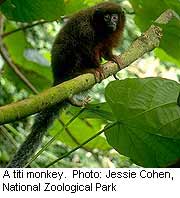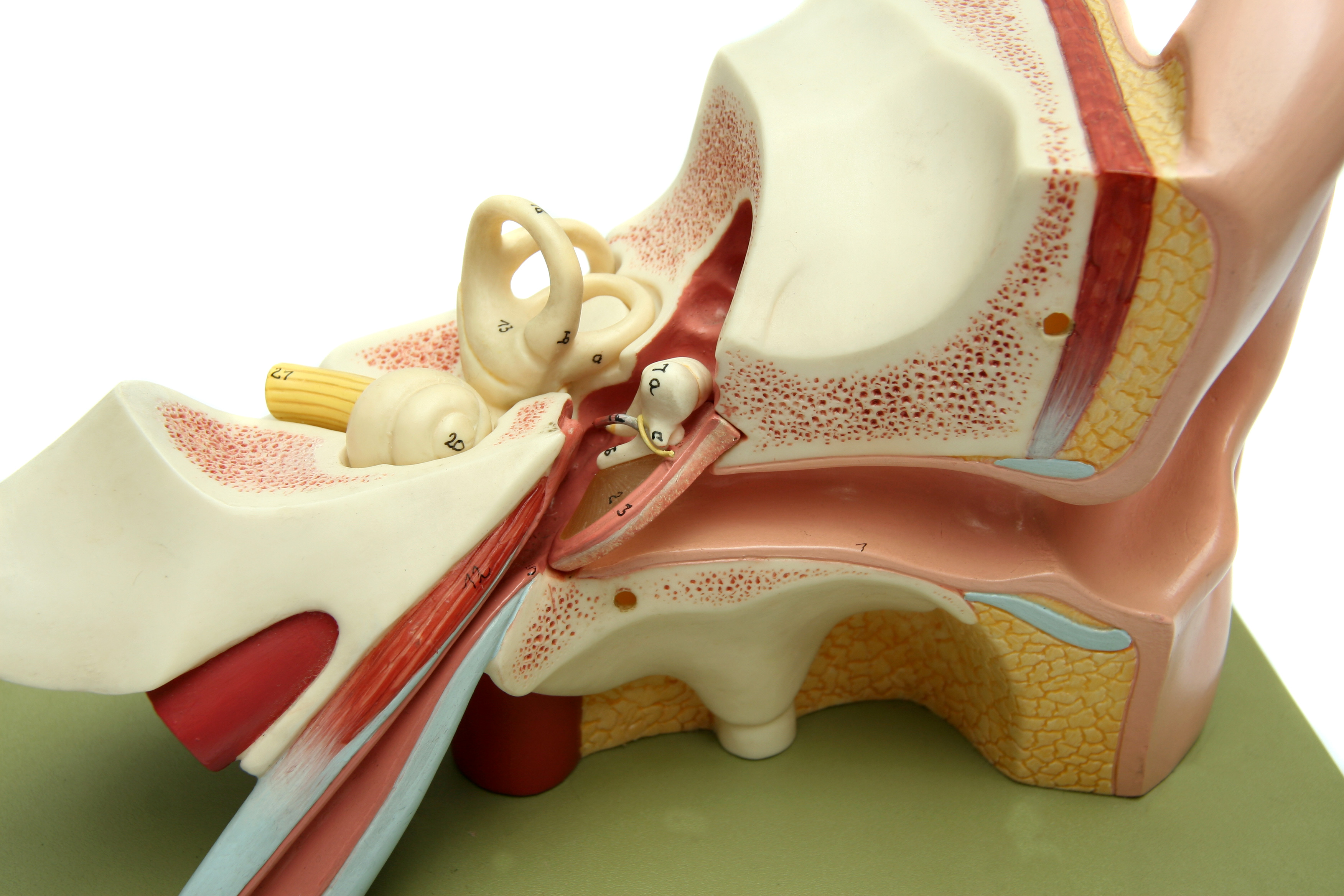
FRIDAY, Oct. 22 (HealthDay News) — A never-before detected strain of virus that killed more than one-third of a monkey colony at a U.S. lab appears to have ‘jumped’ from the animals to sicken a human scientist, researchers report.
Although it’s an unusual move for that type of virus and does warrant further monitoring, the researchers stress there is no cause for alarm at this time. There is no evidence the virus has spread beyond the single scientist — who recovered from her illness — nor is there even proof that the virus would be transmissible between humans.
Still, “there is very strong evidence to suggest a cross-species transmission event happened,” said lead investigator Dr. Charles Chiu, an assistant professor of laboratory medicine and medicine/infectious diseases at the University of California San Francisco. “I don’t think people should be worried about this right now. It’s more of a worry to public health officials monitoring these new viruses that have the potential for causing outbreaks.”
The study was presented Friday at the Infectious Diseases Society of America annual meeting in Vancouver, Canada.
The scientist appears to have caught the virus while investigating an outbreak of illness among a colony of Titi monkeys at the California National Primate Research Center in Davis, Chiu said.
Among the monkeys, the virus was highly contagious and deadly: Of 55 monkeys housed at the center, 23 (about 40 percent) became seriously ill with upper respiratory symptoms that progressed to pneumonia and an inflammation of the liver. Nineteen monkeys, or about 83 percent of those infected, died.
Broad-spectrum antibiotics did not help the monkeys, suggesting that the pneumonia was caused by the virus and not a secondary bacterial infection, Chiu said.
Researchers later determined the cause of the illness was an adenovirus, a broad class of viruses that can cause everything from relatively harmless respiratory illnesses such as the common cold, to pneumonia, as well as gastroenteritis, conjunctivitis and inflammation of the liver in people.
The new strain, however, had never before been identified, Chiu said.
“This is almost certainly a new species of adenovirus,” Chiu said. “By looking at the ‘sequence divergence’, or how different the genetic sequence of this adenovirus is relatively to other adenoviruses, we believe it is a new species.”
The scientist who fell ill had been in close contact with the monkeys. Though she became seriously ill with pneumonia around the same time the monkeys were falling ill, she was not hospitalized and recovered after about four weeks, Chiu said.
Her blood tested positive for antibodies to the virus three months after the epidemic, Chiu said. While not a definitive test, Chiu said it’s very likely the cause of her illness was the new adenovirus.
Infectious disease and public health experts are always on the lookout for new viruses that pose a threat to people, said Dr. Aaron Glatt, a spokesman for the Infectious Diseases Society of America and president and CEO of St. Joseph Hospital in Bethpage, N.Y.
While this sort of event makes infectious disease experts sit up and take notice, “it’s not something to be nervous about or worried about today,” Glatt said. “There is not a novel adenovirus associated with a deadly outbreak in humans, but it’s very interesting from a scientific point of view.”
While other viruses can infect more than one species, adenoviruses tend to be species-specific, which makes this somewhat unusual, he said. But as of now, there is no evidence of an outbreak of the virus outside that single monkey colony in Davis, Glatt added.
Chiu and his colleagues are trying to determine the origin of the virus, including whether it started as a monkey virus or began in a human and was passed to the monkeys. Since no new monkeys had been introduced to the colony in six years, one possibility is that the virus was circulating, undetected, in rhesus monkeys also housed at the facility and passed somehow to the Titis.
Researchers are also screening several thousand people to determine if anyone else has antibodies to the virus, which would indicate prior exposure and that the virus has already been in circulation in the general human population.
Another question is whether it’s contagious among people, Chiu said. “There is possibly some evidence it’s transmissible, but we just don’t know yet,” Chiu noted. “If this virus has the potential for human-to-human transmission, it would have the potential of developing into an outbreak.”
While adenoviruses usually stick to one species, other viruses do “jump” between species frequently, Chiu said, and a virus that makes one species very ill may be relatively harmless in another.
SARS coronavirus, for example, colonizes bats and ferrets without causing disease, while in humans the illness triggers severe pneumonia, Chiu said.
Influenza also jumps between species. Pigs may show no signs of having H1N1 (“Swine flu”), but humans can get very sick from it.
Researchers are also working to determine if the new adenovirus is a “recombinant,” or combined virus, which includes bits of genetic information from monkey and human adenoviruses.
“When viruses jump they can cause much more severe disease or less severe disease,” Chiu said. “These findings might be an argument to do more broad surveillance of animals. If we can better understand what kind of viruses circulate in animals, it might help predict what viruses might jump over and when.”
More information
The U.S. Centers for Disease Control and Prevention has more on adenoviruses.

